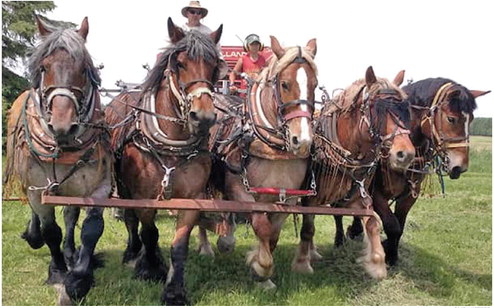Taylor County farm to host national horse rendezvous


The Julian Family Farm in Taylor County is hosting the American Brabant Association Fall Rendezvous on October 1 and 2.
The American Brabant Association Fal...


The Julian Family Farm in Taylor County is hosting the American Brabant Association Fall Rendezvous on October 1 and 2.
The American Brabant Association Fal...